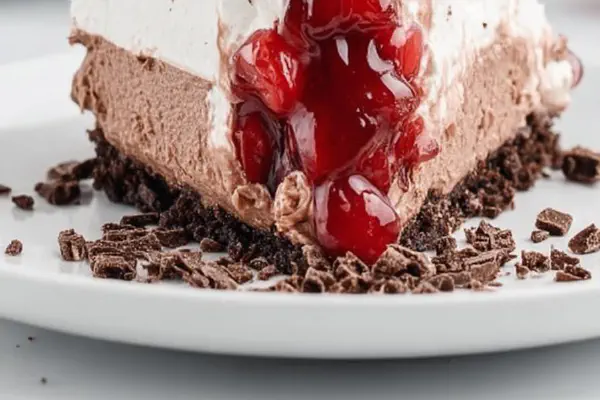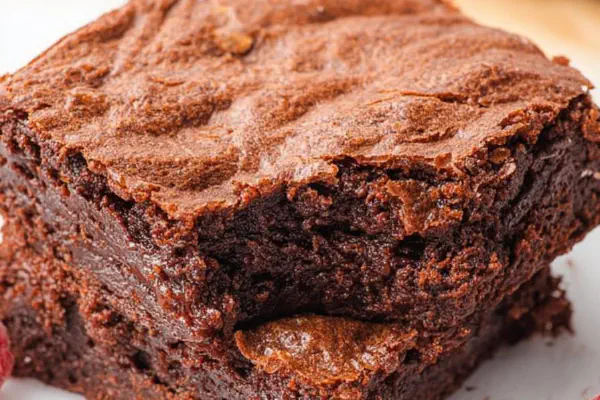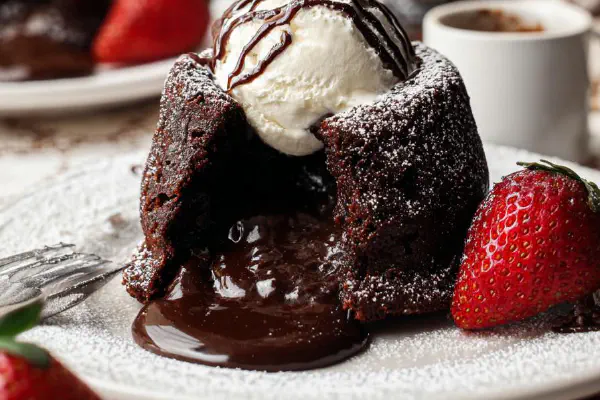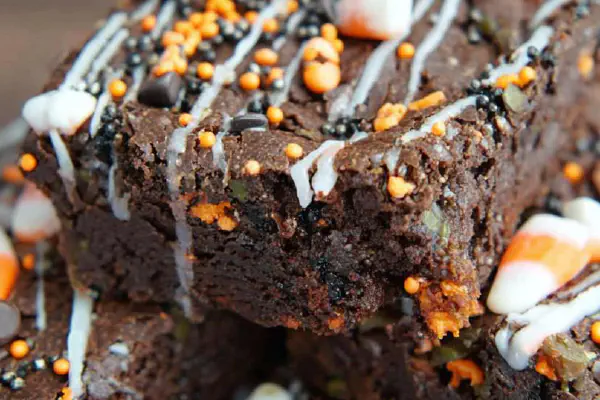Conversation Heart Bark
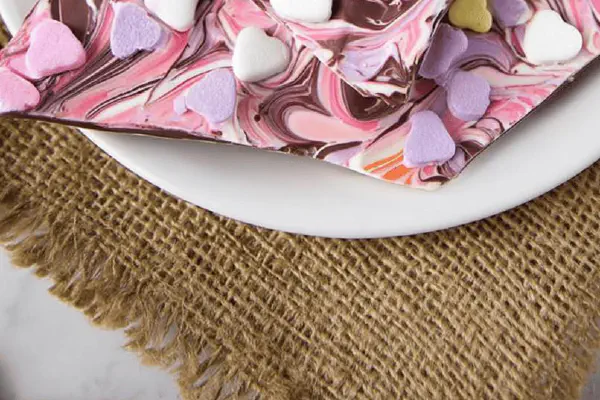
By Emma
Certified Culinary Professional
Ingredients
- parchment paper or silicone baking mat
- 12 oz candy wafers assorted colors — replaced vanilla wafers with white almond bark for nuttier taste
- conversation heart candies about 40 pieces
- optional: pinch of sea salt for layering twist
About the ingredients
Method
- Line baking tray with parchment or silpat. No shortcuts here, stick matters to prevent sticking and cracking during cut.
- Separate candy wafers by color into microwave-safe bowls. Melt each in bursts: 25 seconds, stir vigorously, more bursts of 20 seconds until creamy, no grainy chunks. Add 1 tsp coconut oil per color if too thick.
- Drain heat quickly to avoid seizing chocolate. Swirling too long cools it and causes grainy finish.
- Spread darkest chocolate first — think milk or dark almond bark — in thin 1/8 inch even layer across tray. Smooth quickly while warm. Thicker layer messes with bite and slows setting.
- Immediately drizzle pink melted candy over dark layer using spoon or small piping bag. Drizzle unevenly to get natural streaks.
- Top that with white melted candy wafer. No need to perfect coverage, kind of haphazard drizzle works best.
- Quickly, with toothpick or skewer, drag through layers to swirl colors. Don’t press too hard or it blends into mushing instead of swirled look.
- Add conversation hearts while chocolate is still warm but not wet enough to sink. Press gently, just enough to adhere.
- If surface is sticky after 10 mins, chill briefly in fridge to speed set. Watch close or condensation dulls finish.
- Once firm, flip bark from tray and cut into chunks with sharp chef ’s knife. Wipe blade between cuts to avoid sticking.
- Store in airtight container at room temp or fridge if your kitchen is warm. Humidity kills crispness.
- If chocolate blooms (white streaks) during storage, biting into cold piece warms it up and it softens nicely again.
Cooking tips
Chef's notes
- 💡 Separate colors in microwave-safe bowls. Melt in short bursts, stirring often—25 secs then 20 secs bursts. Watch color shifts for creamy gloss. Too hot pools thin, too cool sets before swirl.
- 💡 Spread first chocolate layer thinly—1/8 inch. Thick means slow set, chewy bite. Smooth fast while warm; chocolate cools and clumps quick. Dark or almond bark preferred for base.
- 💡 Drizzle pink then white candy unevenly over dark layer. Messy beats neat here; streaks create swirl effect. Quick toothpick drag keeps colors distinct, avoid pressing too hard or mixes dull.
- 💡 Add conversation hearts onto tacky surface. Press just enough or they sink like stones. If sticky after 10 minutes chill briefly. Watch fridge condensation—it dulls shine. Timing is key for snap.
- 💡 Use parchment or silpat for easy release. Sharp knife with rocking cuts clean edges; wipe blade between slices to keep cuts smooth. Storage airtight keeps crisp; humidity ruins texture fast.
Common questions
Why melt candy wafers separately?
Keeps colors bright. Mixing all in one bowl dulls shade. Also prevents grainy thick lumps. Separate means control over smoothness. Helps swirl definition too.
What if candy hearts sink?
Surface too wet, cooling too slow. Press gently right after drizzle step. If not sticky enough, hearts fall or tilt. Chilling speeds set but watch moisture buildup, use quick bursts only.
How to fix chalky hearts?
Swap with mini pastel M&Ms or skip topping. Texture contrast lost with chalky. Candy crunch matters here; balance sweetness and color pop. Fresh hearts always better option.
Best storage method?
Airtight container room temp or fridge if hot. Humidity kills crispness fast. Avoid warm spots; chocolate blooms but warms softens bite. Fridge condensation dulls finish, brief chill recommended.
